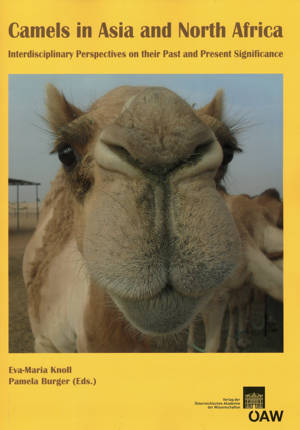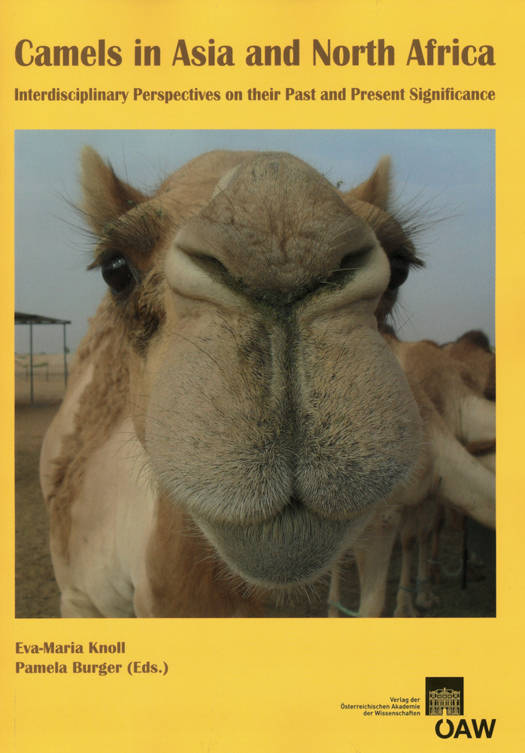
- Afhalen na 1 uur in een winkel met voorraad
- Gratis thuislevering in België vanaf € 30
- Ruim aanbod met 7 miljoen producten
- Afhalen na 1 uur in een winkel met voorraad
- Gratis thuislevering in België vanaf € 30
- Ruim aanbod met 7 miljoen producten
Zoeken
Camels in Asia and North Africa
Interdisciplinary Perspectives on Their Past and Present Significance
Paperback | Engels | Veröffentlichungen zur Sozialanthropologie | Denkschriften der Philosophisch-Historischen Klasse | nr. 18
€ 82,45
+ 164 punten
Omschrijving
Humanity's history is closely linked to those of camels. Without these remarkable animals we could not have inhabited the arid zones of Asia and North Africa, nor could we cope with today's challenges of increasing desertification. Researching interactions between humans and camels therefore has been established at the Austrian Academy of Sciences ever since its foundation more than 160 years ago. The present publication is committed to this research tradition. This book assembles insights upon current and historical interactions between humans and camels. Thereby it is international and interdisciplinary from the outset and aims at intensifying a camel-related knowledge exchange between the natural sciences and the humanities. The here presented discussions of Old World camels (dromedary, Bactrian, wild camel) include such diverse topics as camel origin, domestication, breeding, raising and commerce. Moreover, camels' significance is also discussed regarding socio-cultural and economic factors, music, folk medicine and veterinary medicine, as well as saving the last remaining wild camels. With an afterword by Richard W. Bulliet (New York), one of the world's leading authorities on the camels' history.
Specificaties
Betrokkenen
- Uitgeverij:
Inhoud
- Aantal bladzijden:
- 290
- Taal:
- Engels
- Reeks:
- Reeksnummer:
- nr. 18
Eigenschappen
- Productcode (EAN):
- 9783700172444
- Verschijningsdatum:
- 12/12/2012
- Uitvoering:
- Paperback
- Formaat:
- Trade paperback (VS)
- Afmetingen:
- 210 mm x 295 mm
- Gewicht:
- 906 g

Alleen bij Standaard Boekhandel
+ 164 punten op je klantenkaart van Standaard Boekhandel
Beoordelingen
We publiceren alleen reviews die voldoen aan de voorwaarden voor reviews. Bekijk onze voorwaarden voor reviews.







